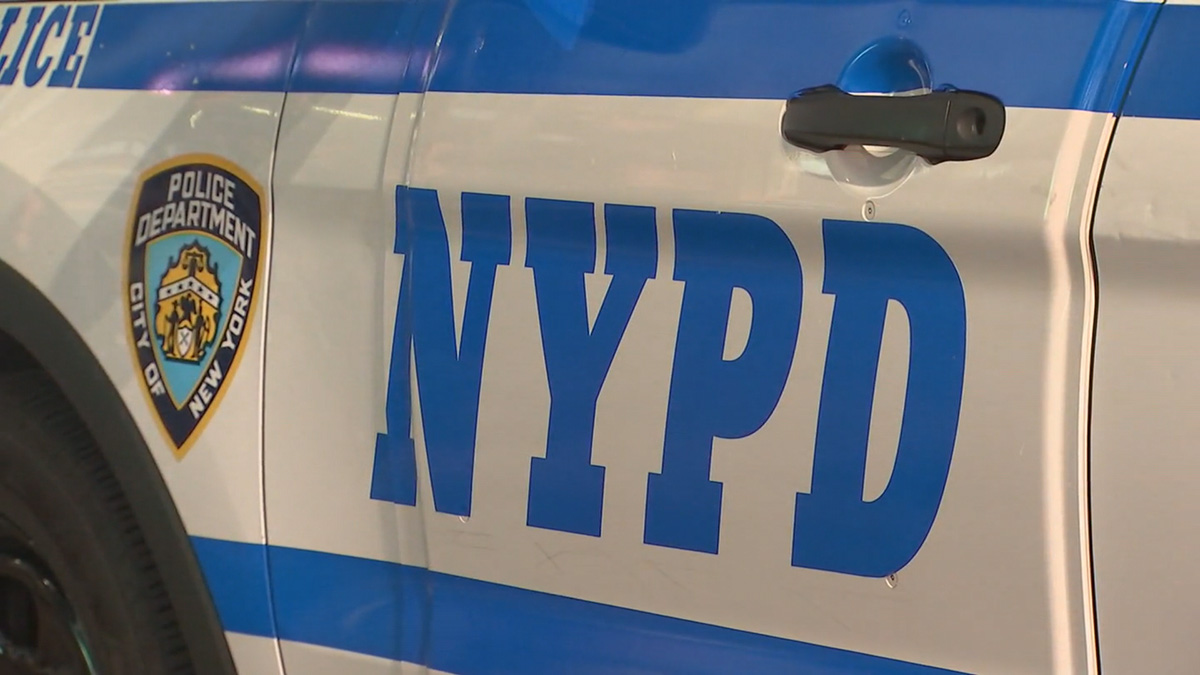An extraordinary promise behind prison walls has led to freedom for an innocent man after 26 years wrongfully locked up.
In 1993, Luis Morales and two other men committed a robbery and subsequent attempted murder in the Ozone Park neighborhood of Queens.
Police arrested Morales and two other men for the crime. Prosecutors convicted all three.
But one of those defendants was innocent. And Morales knew it.
“I cannot justify him — being an innocent man — in the system and me knowing that he’s innocent and just pass away and keep walking,” Morales said.
At the time of his trial, Morales was 29 years old and thought the third mystery defendant was a police informant — planted in prison to listen in on his conversations. Morales avoided him.
Two decades later, Morales had a chance meeting with that same innocent defendant in the prison courtyard. He was stunned to see the man he thought was a decoy was still incarcerated.
Local
“At that point I learned this man is not what I thought before,” Morales said. “I know he had nothing to do with it.”
In a conversation behind prison walls, Morales promised the innocent defendant he would fight for his exoneration as soon as he was paroled. But in order to do that, he would have to finally tell the truth about his involvement with the crime — and he would have to convince prosecutors they got it wrong in the first place.
“I promised him, I made a commitment to him. Yes I will,” Morales said.
In 2017, Morales fulfilled his promise.
After being paroled and going all the way to the U.S. Supreme Court to establish his citizenship, Morales went back to the Queens precinct where he was originally interrogated in 1993.
“He basically walks into the 106th Precinct and says, ‘You know what? I did this robbery. I did it with two other guys and one of the other guys that got convicted with me — wasn’t the guy,’” said Robert Masters, Queens Executive Assistant District Attorney.
Masters says his late colleague, Assistant District Attorney James Evangelou, remembered the case from decades ago and undertook an exhaustive reinvestigation that validated Morales’s story. Evangelou also identified the real third suspect — but by that time he couldn’t be charged because the statute of limitations had passed. Shortly thereafter, Evangelou died suddenly after a brief illness.
“Evangelou had excellent integrity. He was highly respected and died tragically. And one of the last things he wanted to do before he died was have this injustice undone,” said Richard Emery, a civil rights attorney who now represents the innocent defendant.
Earlier this year, with support of the Office of the Queens District Attorney, the wrongful conviction was overturned and the case record was sealed.
Emery asked the I-Team not to publish his client’s name, saying he no longer wants to be associated with a crime he didn’t commit. But the exonerated man told the I-Team he is eternally grateful to Morales for telling the truth.
“He is a sensational person who did something nobody else would do,” the innocent man said of Morales.
He also praised James Evangelou, the prosecutor who believed Morales’s story enough to make the case a priority before he died.
“I wish he was alive because I would give him a hug,” the exonerated defendant said. “I hope God has him in heaven.”
For years, advocates for criminal justice reform have criticized the Office of the Queens District Attorney for not having a specific unit dedicated to re-evaluating questionable convictions. Masters said this case demonstrates his office has an open mind.
“As far as I’m concerned ... we’re guided by the truth,” Masters said. “We take the evidence wherever it leads us.”
Avi Gross, a friend of the exonerated defendant, said his story has inspired him to launch a podcast called “Live and Direct” in order to give other prisoners an outlet to voice their wrongful conviction claims.
“They’re crying out for help. They’re calling in. They have documents that they’ve sent to prove they’re innocent. They do their homework. They just need the help,” Gross said.
Emery is now launching a civil lawsuit to try and determine how police originally came to suspect his client back in 1993. He had no connection to the other two suspects and lived in the Bronx, far from the Ozone Park neighborhood where the robbery and attempted murder unfolded. The main evidence against the innocent man was that one of the robbery victims picked his photo out of a photo array.
“I suspect the photo array that was ultimately provided to the victims was in some way suggestive,” Emery said. The person displaying the photograph should have no knowledge of the suspect among those photographs.”
An NYPD spokesperson said back in 1993, there was no departmental requirement that photo arrays be blind or blinded, meaning detectives are unaware which photos are of actual suspects. It wasn’t till 2017, when state law changed, that the NYPD began requiring blind or blinded photo arrays.
City detectives also now routinely video record the administration of photo arrays and require confidence statements from witnesses to clarify their levels of certainty when making identifications.



